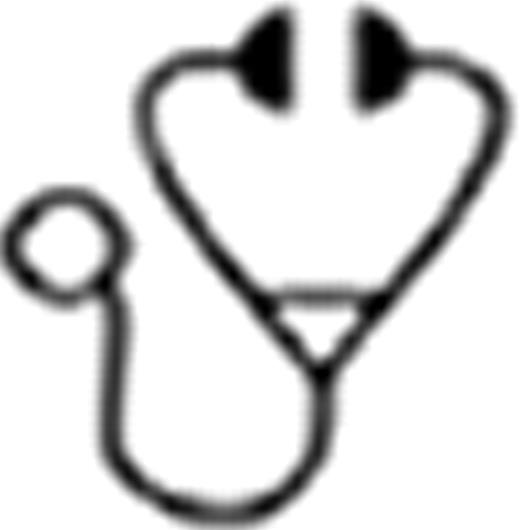Abstract
Abstract 783 FN2
FN2
The advent of second generation tyrosine kinase inhibitors (TKI) in the front line treatment setting of chronic myeloid leukemia (CML) has tightened the evaluation of imatinib response. Early assessment of response markers might identify slow responders harboring a BCR-ABL positive clone with an inferior susceptibility to tyrosine kinase inhibition. This group of patients could benefit from an early dose escalation or a change of treatment to a second generation TKI thus avoiding the risk of disease progression. Therefore we sought to evaluate the impact of molecular and cytogenetic response levels after 3 months of imatinib treatment on the further course of disease. Patients and methods: A total of 1,340 patients (median age 52 years, range 16–88, 40% female) were included into the randomized German CML study IV and treated with an imatinib based therapy consisting of imatinib 400 mg/d (n=381), imatinib 800 mg/d (n=399) and combinations of standard dose imatinib with interferon alpha (n=402) and low-dose cytarabine (n=158). Median follow-up was 4.7 years (range 0–9). Molecular response after 3 months was assessed in 743 patients, cytogenetic response in 498 patients. The BCR-ABL expression was determined by quantitative RT-PCR and standardized according to the international scale (BCR-ABL IS). Only patients expressing typical BCR-ABL transcripts (b2a2, b3a2, b2a2 and b3a2) were considered. Cytogenetic response was determined by conventional metaphase analysis. Disease progression was defined by the incidence of accelerated phase, blastic phase or death from any reason. A landmark analysis was performed for progression free survival (PFS) and overall survival (OS). Results: Disease progression was observed in 149 patients (11.1%), 127 patients died (9.5%). After 3 months of treatment the median BCR-ABL IS was 2.6% (0-100), the median proportion of Philadelphia chromosome positive metaphases (Ph+) was 8% (0-100). The BCR-ABL landmarks of 1% and 10% after 3 months of imatinib both proved to discriminate significantly for PFS and OS: BCR-ABL IS <1% (n=233) vs. ≥1% (n=486), p=0.041 for PFS, p=0.048 for OS; BCR-ABL IS <10% (n=524) vs. ≥10% (n=195), p=0.004 for PFS and p=0.001 for OS. A stratification in 3 risk groups according to the achievement of a BCR-ABL IS of <1%, 1–10% and >10% after 3 months resulted in a significant difference between the poor risk group (>10%, n=195) and the intermediate risk group (1-10%, n=291): p=0.038 for PFS and p=0.012 for OS. The difference between the intermediate risk group and the good risk group (<1%, n=233) was not significant. The five year survival probability was 97%, 94% and 87% for the good, intermediate and poor risk group, respectively. Cytogenetic response landmarks after 3 months of imatinib were also predictive for PFS and OS: Ph+ ≤35% (n=362) vs. Ph+ >35% (n=123), p=0.022 for PFS, p=0.043 for OS; Ph+ ≤65% (n=401) vs. Ph+ >65% (n=84), p=0.004 for PFS and p=0.011 for OS. A 3 group stratification did not reach statistical significance. Conclusions: The achievement of molecular and cytogenetic response landmarks after 3 months of imatinib treatment is predictive for long term progression free and overall survival. At 3 months a BCR-ABL IS of 10% or more is associated with a 5-year overall survival of 87% suggesting an early change of treatment, whereas a BCR-ABL IS of 1% or less indicates a favorable 5-year overall survival of 97%.
Schnittger:Münchner Leukämie Labor: Equity Ownership. Haferlach:Münchner Leukämie Labor: Equity Ownership. German CML Study Group:Deutsche Krebshilfe: Research Funding; Novartis: Research Funding; BMBF: Research Funding; EU: Research Funding; Roche: Research Funding; Essex: Research Funding.
Author notes
Asterisk with author names denotes non-ASH members.

This icon denotes a clinically relevant abstract

This feature is available to Subscribers Only
Sign In or Create an Account Close Modal